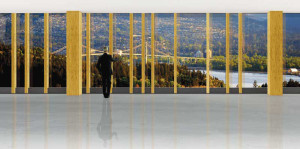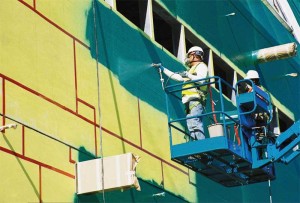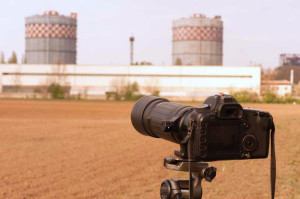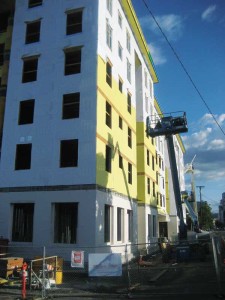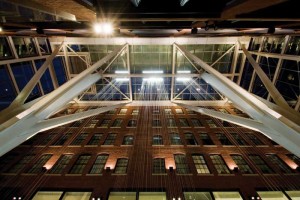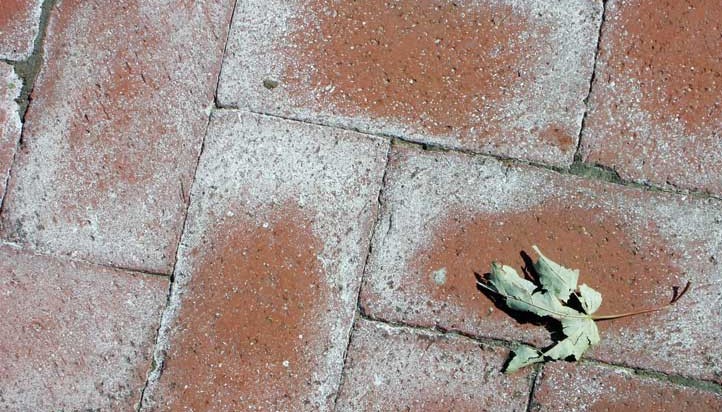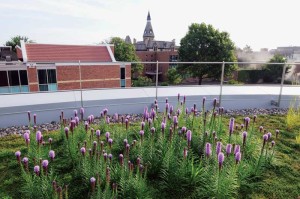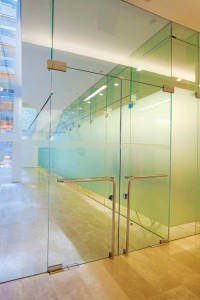Before the end of the 19th century, wood was commonly used as a primary building material in several types of non-residential structures. Demonstrating the durability and strength of building with wood, many of these timber-built structures remain in use.
+ Read More
|
Fluid-applied air and water barrier products have rapidly gained market share in many areas of the country, but they are still relatively new to the industry. It is perhaps unsurprising then that various failures of these products have been seen during their installation.
+ Read More
|
This follow-up to a previous article on the importance of field verification, testing responsibilities, and reporting protocol describes some of the equipment and instruments this author frequently uses when visiting construction sites.
+ Read More
|
Two critical aspects of sustainable construction are long-term durability and energy efficiency. The latter is a measure of whole building performance, which depends on the envelope as well as the building systems and occupant behavior.
+ Read More
|
Efflorescence is one of the first signs of moisture problems for cementitious materials, especially masonry. A by-product of moisture combining with free salts, this phenomenon is not only just a cosmetic problem—left unchecked during freeze-thaw conditions, it can cause brick to weaken, spall, or crumble in some cases.
+ Read More
|
With growing emphasis on environmental regulatory compliance, specifiers are discovering less is more when it comes to meeting requirements on volatile organic compounds (VOCs). Over the past decade, VOC content in waterborne and high-solids coatings has dramatically decreased while performance and durability of the solvent-based coatings they replace has...
+ Read More
|
When dealing with efflorescence, there are a few simple rules to remember.
+ Read More
|
Providing adequate rainwater management and control for air, vapor, and heat flow through the building enclosure is critical to long-term performance and durability. In contemporary wall assemblies with layered materials, the complexity of coordinating these various demands can be overwhelming.
+ Read More
|
The new Anderson Center at Hamline University in St. Paul, Minnesota, welcomed students this September with a 167-m2 (1800-sf) vegetated green roof. This elevated ecosystem project is part of the building development that has become the official entrance to the campus.
+ Read More
|
Ensuring architectural door hardware conforms to codes and standards has a close connection with the three essential issues in overall openings performance: accessibility, security, and life safety.
+ Read More
|
|
|


